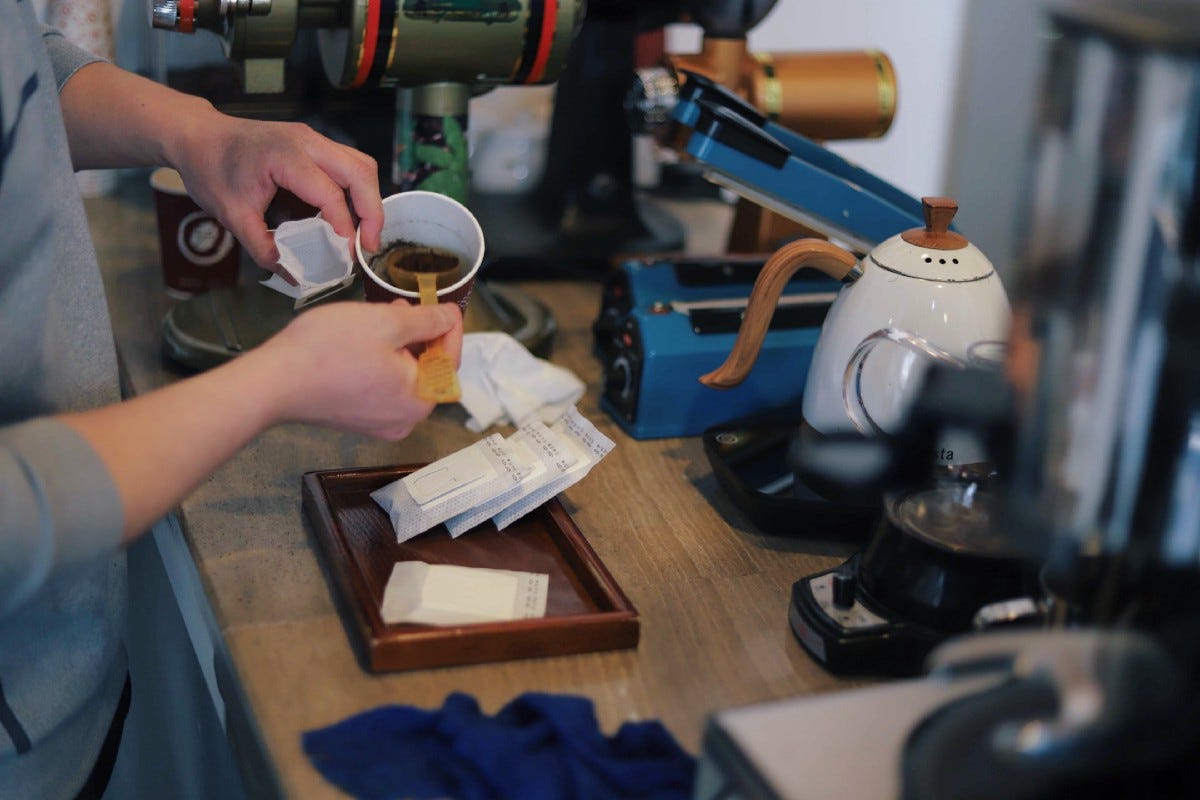Hello Robotics World!
The first blog post I wrote in my professional career
Alright, here’s what we’re going to do here. We’re going make all of Robotics more accessible, more straight forward and more creative. Working with ROS (1 & 2), and the open-source robotics community at large, we will make it so anyone, anywhere in the world, with or without software experience, can build a robot to fit their needs. A robot that is secure and adaptable. A robot that can grow, scale-up, and succeed. Whatever that success means for you. This post will introduce you to the growing Ubuntu Robotics page and give you the right links to get started.

As you may well know, robots are everywhere, from all the way up in the space industry to down my desktop workbench. So being able to understand and work with them, is essential for anyone wanting to use Robotics in their work or in their personal life. But robotics can mean so many things to so many different people. For some, it means working AI into their home automation system. For others, it means creating robotic arms for desks or factories or operating theatres. It could mean drones, nanobots, swarms, autonomous vehicles, security systems, and so on and so on.
“Technology for Innovators” — Canonical
At all levels, robotics is technology for innovators. It is used by state of the art researchers at the bleeding edge, by tech companies at the forefront of innovation, and by hobbyists and small businesses in their garage. Using my newly achieved position at Canonical, I plan on assisting the space. Helping organise the traffic, filter the noise and democratise the technology. I want to carve a space for myself amongst the open-source robotics community and use that space to help the rest. For now, this will mean promotion. Using this, my blog, my twitter feed @rhys_the_davies and Ubuntu Robotics’ new monthly blog “The State of Robotics” I’ll shine some light on especially interesting projects. In the future, though I plan on getting stuck in and contributing too. I’m just waiting to move house and get some new hardware.

Okay, enough about me, lets talk snaps and ROS
To those reading this who don’t have the background but want to get started, begin by building your first robot or learning about snaps — both are excellent places to start creating or to get a refresh. I’ll be walking myself through them as soon as I can too.
If you know a little bit more about what you’re doing, get going with the Turtlebot3 — the place to start learning ROS and pulling things together. Or, if you’re interested in improving the functionality of your existing robots, get to developing apps with Ubuntu. This way, you can make your projects more mobile and widely accessible. Of course, if you know all of this already, and are looking to step it up a gear, follow this link to a faster way to develop snaps.
I’m an advocate of snaps simply because they are a secure, open source and effective way of developing and distributing software. Mark my words, security will be key.
Since you have read this far, get in touch. As I say my goal here is to wedge myself into the robotics world and pull projects up that I think are especially cool. If you want a project features on the Ubuntu State of Robotics blog series send a brief to robotics.community@canonical.com. For anything else reach out to me, my contact information should be around here somewhere or just comment.

For context, I’m Rhys, a Product Manager at Canonical. A tinkerer, a deliverer and a supporter of the Robotics IoT space. My background is technical. I am a mechanical engineer on paper, a mechatronics engineer in practice, and a roboticist in my head. When I can, I’ll be working on personal projects, using and testing the newest developments from the Ubuntu robotics team and giving and taking from the forums where I can.
If I can enable you with your projects, help you grow your robotics stature or point you to someone who can, I’ll be doing my job.
